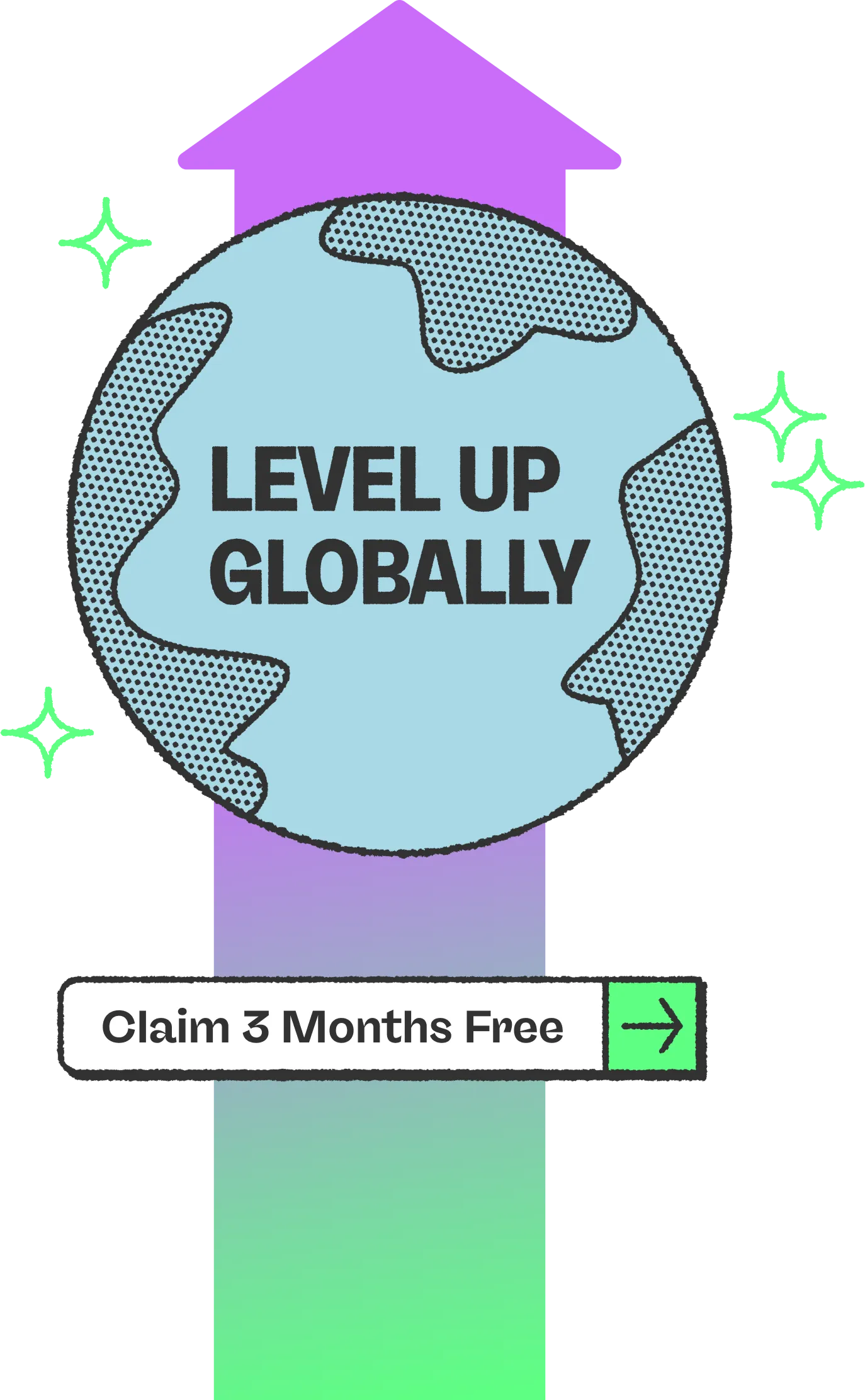Maternity leave—and parental leave in general—varies from country to country. For example, in the U.S., new mothers have 12 weeks of statutory maternity leave. In the U.K., new mothers are entitled to up to 52 weeks of paid leave. In Russia, mothers receive 140 days—70 before birth and 70 after.
If you’re in charge of hiring and managing teams in Australia, you’ll need to be familiar with the national and state laws around pregnancy, birth-giving, and adoption. This will allow you to provide your employees with the best possible parental leave conditions while ensuring compliance with state and federal laws.
While in other countries, there’s a difference between maternity and paternity leave, in Australia, both fall under parental leave.
This article will outline everything you need to know about maternity leave in Australia, so you can ensure your parental leave policies align with both legal requirements and employee expectations.
Parental leave in Australia: A brief overview
Australian parents are entitled to a total of 18 weeks of paid parental leave and 52 weeks of job-protected unpaid leave (with the possibility to extend to a further 52 weeks).
During paid parental leave, they’ll continue to receive a portion of their salary each month despite their absence. By contrast, during unpaid leave, they will not receive any payments from the company during their time away from work, and salary payments will resume upon their return.
In both cases, their position must be held open for them—usually covered by a maternity replacement—and their job will be waiting for them when they return. If their position no longer exists when they return to work, they’ll be entitled to a similar role in terms of status and pay.
Employees may be entitled to parental leave when:
- The employee gives birth
- The employee’s partner gives birth
- The employee adopts a child under 16 years of age
Federal Government Regulations define maternity and parental leave laws in Australia. However, some state governments have their own legislation around parental leave, and companies can also define their own policies—meaning HR departments can play a vital role in providing better parental leave conditions.
It’s important to note that, although employees may meet the eligibility requirements for maternity or parental leave, it doesn’t necessarily mean they’ll be entitled to receive it from the company. Use the following links to check the eligibility of each employee for:
Parental leave entitlements in Australia include:
- Maternity leave
- Paternity and partner leave
- Adoption leave
- Special maternity leave
- A safe job and no safe job leave
- A right to return to your old job
The following sections will cover each of these in detail.
Standard paid parental leave in Australia
Standard paid parental leave in Australia is 18 weeks total, which can be shared between both parents, but only one parent can take it at a time.
Parental leave pay is calculated based on the weekly rate of the national minimum wage, which is currently $772.55 per week, or $154.51 a day before tax.
Employees can receive parental leave pay for up to 18 weeks, which is 90 payable days. It will include both:
- A continuous paid parental leave period of up to 12 weeks, which is 60 payable days
- 30 Flexible Paid Parental Leave days.
Unpaid parental leave
The full unpaid parental leave entitlement is 52 weeks, with the possibility to request an additional 52 weeks. This can be shared between both parents, although they can only take up to eight weeks of unpaid leave at the same time.
If the employee wants to request an additional 52 weeks, they must give their employer at least four weeks’ notice, and the company must respond to the request within 21 days. If the answer is no, you must provide a valid justification for your decision.
If the employee is adopting, they’re also entitled to two weeks of pre-adoption leave to attend relevant interviews or exams.

Who is eligible for parental leave?
To be eligible for parental leave, the employee must have worked for your company for at least 12 months:
- Before the date or expected date of birth, if they’re pregnant
- Before the date of the adoption
- Before the leave starts (if they take parental leave after another person cares for the child or takes parental leave)
This may include full-time, part-time, or in some cases, casual employees.
For casual employees to be eligible for unpaid parental leave, they need to have:
- Been working for their company on a regular and systematic basis for at least 12 months
- A reasonable expectation of continuing work with the company on a regular and systematic basis had it not been for the birth or adoption of a child.
When can parental leave start?
If an employee is pregnant, they can begin their parental leave up to six weeks before their due date—in other words, from week 34 of their pregnancy.
If they’re adopting or are the partner of a person giving birth, their leave can start from the day of adoption or birth.
.png)
Special maternity leave
If an employee is eligible for unpaid maternity leave, they may also be entitled to special maternity leave in the following situations:
- They’re suffering from a pregnancy-related illness.
- Their pregnancy ends after twelve weeks or more due to miscarriage, stillbirth, or termination for medical reasons (for example, if carrying to term would be life-threatening for mother or child).
If they take special maternity leave due to a pregnancy-related illness, special leave will end when either the pregnancy or the illness ends—whichever comes first.
If they’re granted special maternity leave due to miscarriage, stillbirth, or termination, they have the right to remain on leave until they’re fit to work.
A safe job and no safe job leave
A pregnant employee has the right to be moved into a “safe job” if their regular role is deemed unsafe during pregnancy. This applies to all pregnant employees, regardless of their status or how long they’ve worked for the company. If no safe job is available, they’ll be entitled to no safe job leave.
If the employee moves into a safe job position while pregnant, they’ll receive the same salary, working hours, and other benefits they received in their regular role. They may stay in the safe role until it’s safe to return to their normal position or until they give birth and return to work.
.png)
Considering parental leave on a global scale
Australia is considered one of the more progressive countries when it comes to parental leave, granting more flexibility to both parents. If you’re considering expanding your team across borders, it’s important that you have parental leave policies in place for every country where you hire. Australia’s approach to parental leave serves as a great example of how you can structure your parental leave policy.
Check out our Australia hiring guide for more on how to hire and pay employees in Australia.
About Oyster
Oyster is a global employment platform designed to enable visionary HR leaders to find, hire, pay, manage, develop, and take care of a thriving distributed workforce. Oyster lets growing companies give valued international team members the experience they deserve, without the usual headaches and expense.





.avif)











